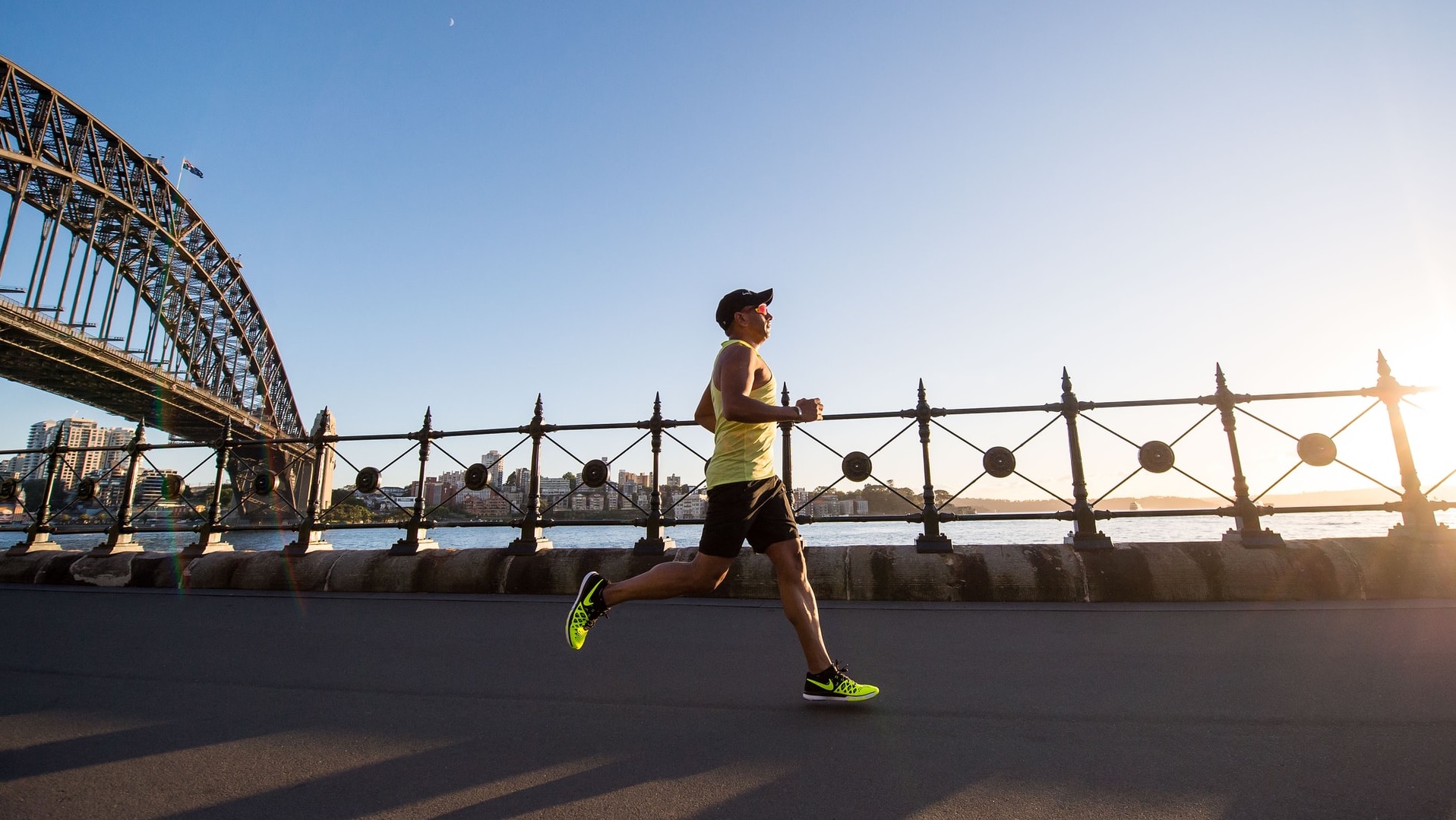A Design Sprint is a five-day process that help you answer critical business questions through design, prototyping and testing ideas with customers. It was developed at GV and blends business strategy, behavior science, design thinking and more into a process that any business can use for their products.
Why a Design Sprint?
Devising a new product always includes to get all stakeholders on board. This requires many meetings that often do not provide any clear result. Typical for this are "reset-to-zero-discussions". Issues that have been discussed during a previous meeting are discussed all over again. This happens, because stakeholders often forget about their own decisions and start second guessing decisions ("Ah! Now I remember that we made this decision. Why did we do this? Shouldn't we do XYZ instead?") The longer the decision process goes on, the higher the chances to get caught in this return to square one loop.
By working together in a design sprint you can save lots of time and make critical decisions in a given time frame. Instead of waiting for a prototype to see if your idea is worth it, you can get real data from a working prototype. With design sprints you can - figuratevely speaking - make a jump into the future and test your product. You get customer reactions before you make any costly commitments.
How does a Design Sprint work?
A desing sprint takes place over a working week. Ideally, you start with the first working day of the week to prevent gaps (i.e., weekends) to keep the process tight.
Monday will help you map the problem and choose a key area to focus on. Tuesday will see you sketch out competing solutions on paper. Wednesday will require you to make hard decisions and create a testable hypothesis. Thursday will be your time to create a prototype. Finally, you test it with real people on Friday and get the data.
1. Monday
The sprint week will be facilitated by Monday's structured discussion. You'll begin at the end, and agree on a long-term goal. Next, you will create a map to help you understand the challenge. You'll then ask experts from your company to share their knowledge. Final, you will choose a target - an ambitious but achievable piece of the problem you can solve in a week.
2. Tuesday
After spending a day understanding the problem and selecting a sprint target, Tuesday is when you can start to work on solving it. The day begins with a review of existing ideas to mix and improve. In the afternoon, each participant will sketch their ideas using a four-step process. This emphasizes critical thinking and not artistry. You'll begin to plan Friday's customer testing by identifying customers who fit your target profile.
3. Wednesday
You and your team will have many solutions by Wednesday morning. This is great but also a problem. It's impossible to test all of them at once. You'll review each solution and determine which solutions have the greatest chance of reaching your long-term goals. In the afternoon, you will take the best scenes from your sketches, and create a storyboard. This is a step-by, detailed plan for your prototype. Keep in mind that the prototype implementation must be achieveable in one day.
4. Thursday
You and your team created a storyboard on Wednesday. To transform your storyboard into an prototype, you will adopt a "fake IT" mindset. You only need a realistic facade to test your product with customers. Your prototype can be completed in one day by focusing solely on the customer-facing surfaces of your product. You'll confirm the test schedule on Thursday and review the prototype. Then, you will write an interview script.
5. Friday
The sprint started with a challenge and at this point you are test your prototype with potential customers. In structured interview sessions, you will learn from them by seeing how they react to your prototype.
Conclusion
Design sprints are an efficient tool to minimize the time it needs to make product decisions. A design sprint compresses months into a single week.
INTERACTION DESIGN
Design your products
Our technical know-how allows us to design products that not only thrive on technological sophistication, but also on the sensitivity for the people who use them.
